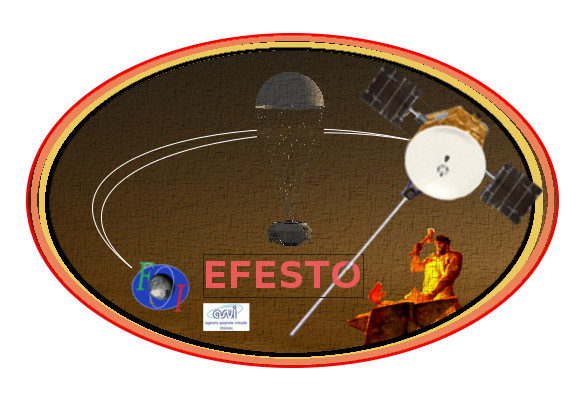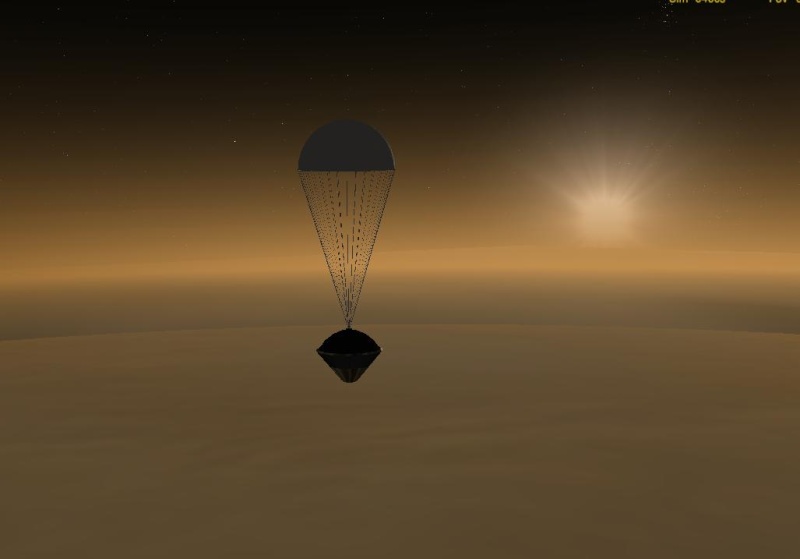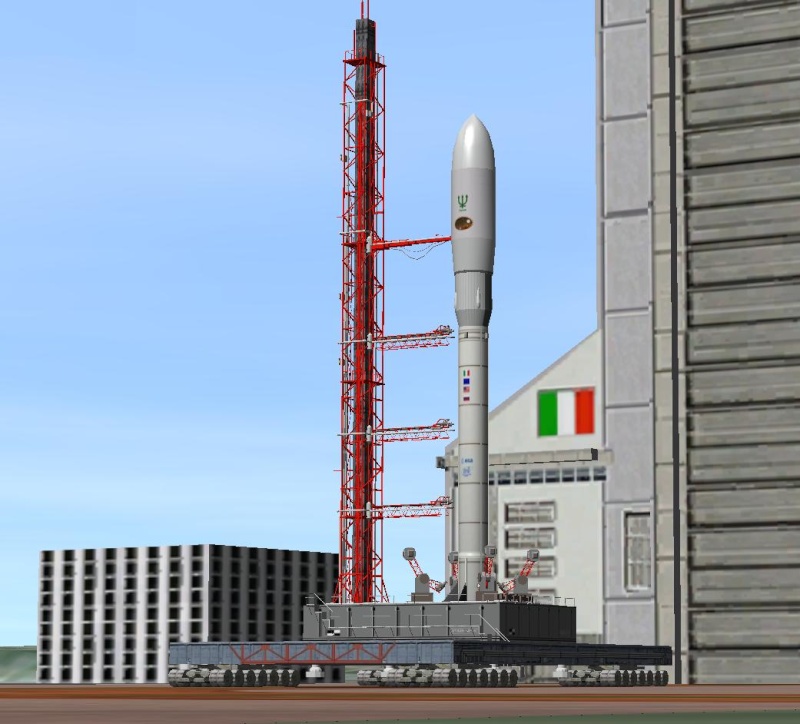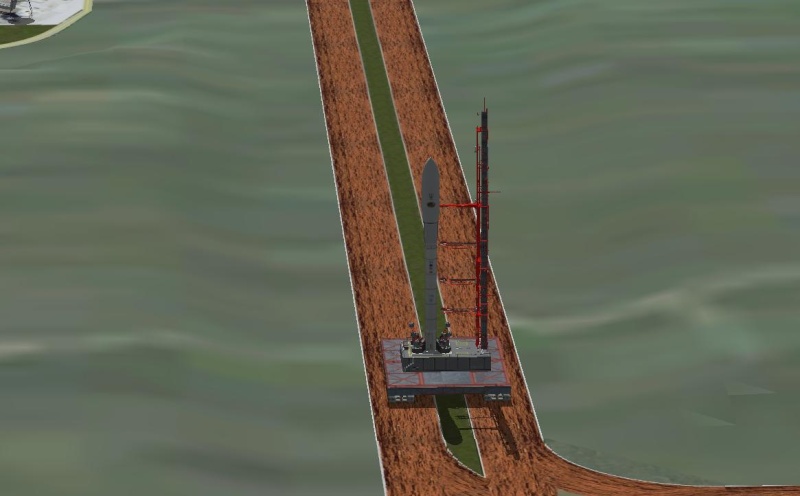Detail of the integration with the Neptune launcher (only the third stage Fregat is showed).

In the red circle, the FOIsat, a cubesat that will fly as secondary payload for this launch.
This particular FOIsat will be released after the TVI maneuvre, short time before Efesto and will be the first interplanetary cubesat of this series. Is a 60x60x60 cm cube with some basic instruments (temperature and radiation sensors; micrometeoroid detector) and an overall weight of 16 kg. The tracking of the FOIsat is expected to last some days after the LEO departure.
---------- Post added at 03:51 PM ---------- Previous post was at 09:52 AM ----------
Here, a list of the instruments carried by the spacecraft.
Orbiter:
- UV Spectrometer
- Visual and Infrared Mapping Spectrometer (VIMS)
- Multispectral camera
- Solar-Occultation Fourier Transform Spectrometer
- Cosmic dust analyzer
- Magnetometers
- Radio and Plasma Wave
- Langmuir probes
- Magnetic search coils
- Charge energy mass spectrometer
- Low energy mass spectrometer
- Radar
Atmospheric probe:
- IR radiometer
- Stereoscophic camera
- Gas Chromatograph / mass spectrometer (GCMS)
- Lightning detector
- Net Flux Radiometer
- Nephelometer
- Anemometer
- Radar altimeter
- Temperature and pressure sensors
All the orbiter instruments, except for the Fourier spectrometer and the multispectral camera, are identical to those carried by the upcoming Shakespeare probe, that, in turn, are a reduction and semplification of the Galileo II's instruments.
The atmospheric probe instruments are unchanged from the original, and simpler, version of the mission.














